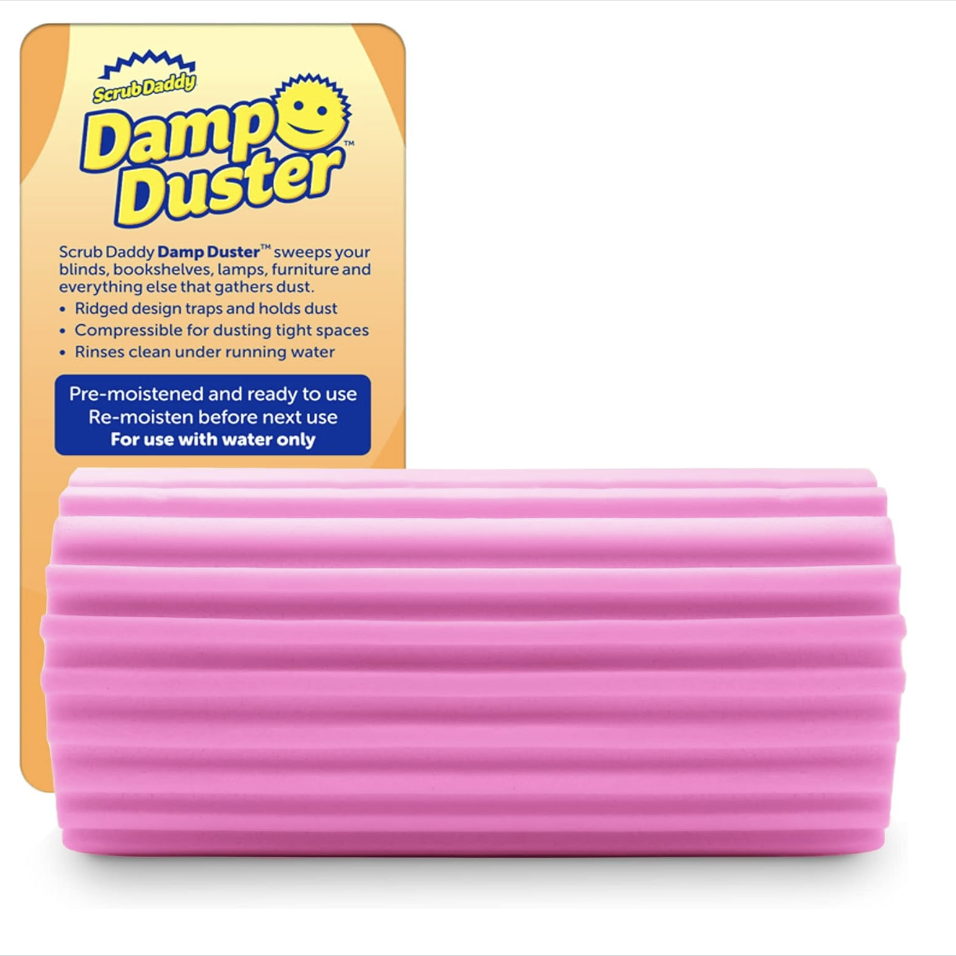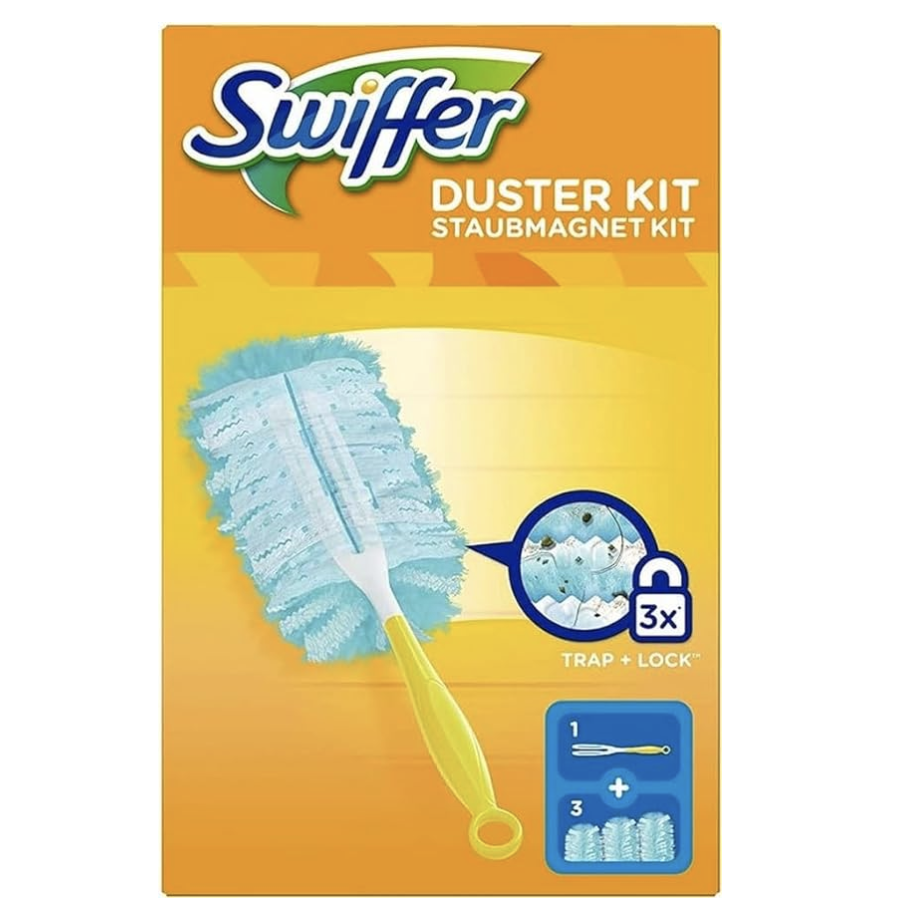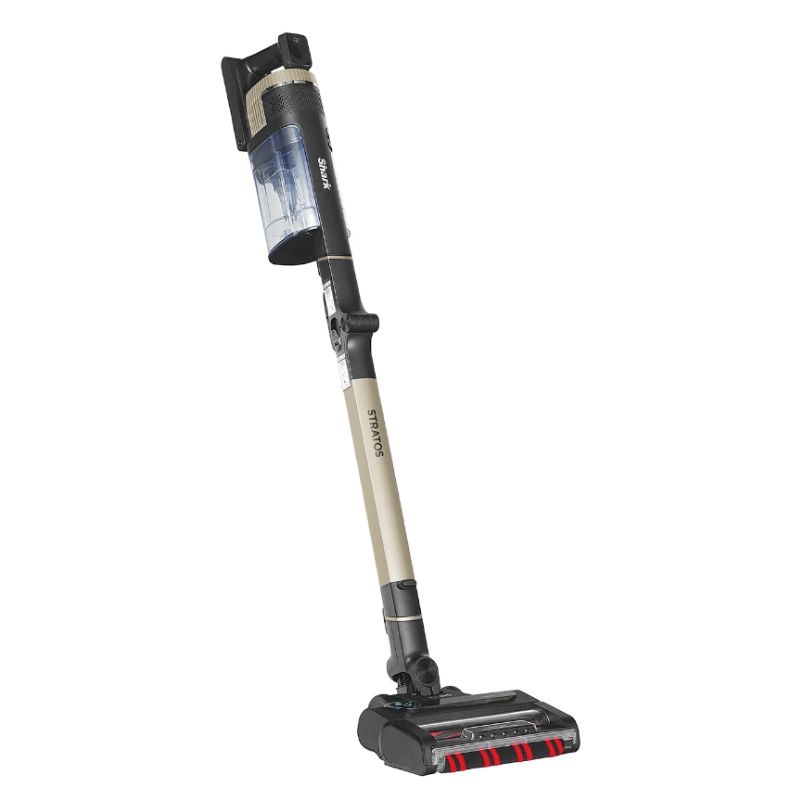Should you vacuum or dust first? Cleaning experts reveal the optimal order
You might not think it makes much of a difference, but cleaning specialists disagree

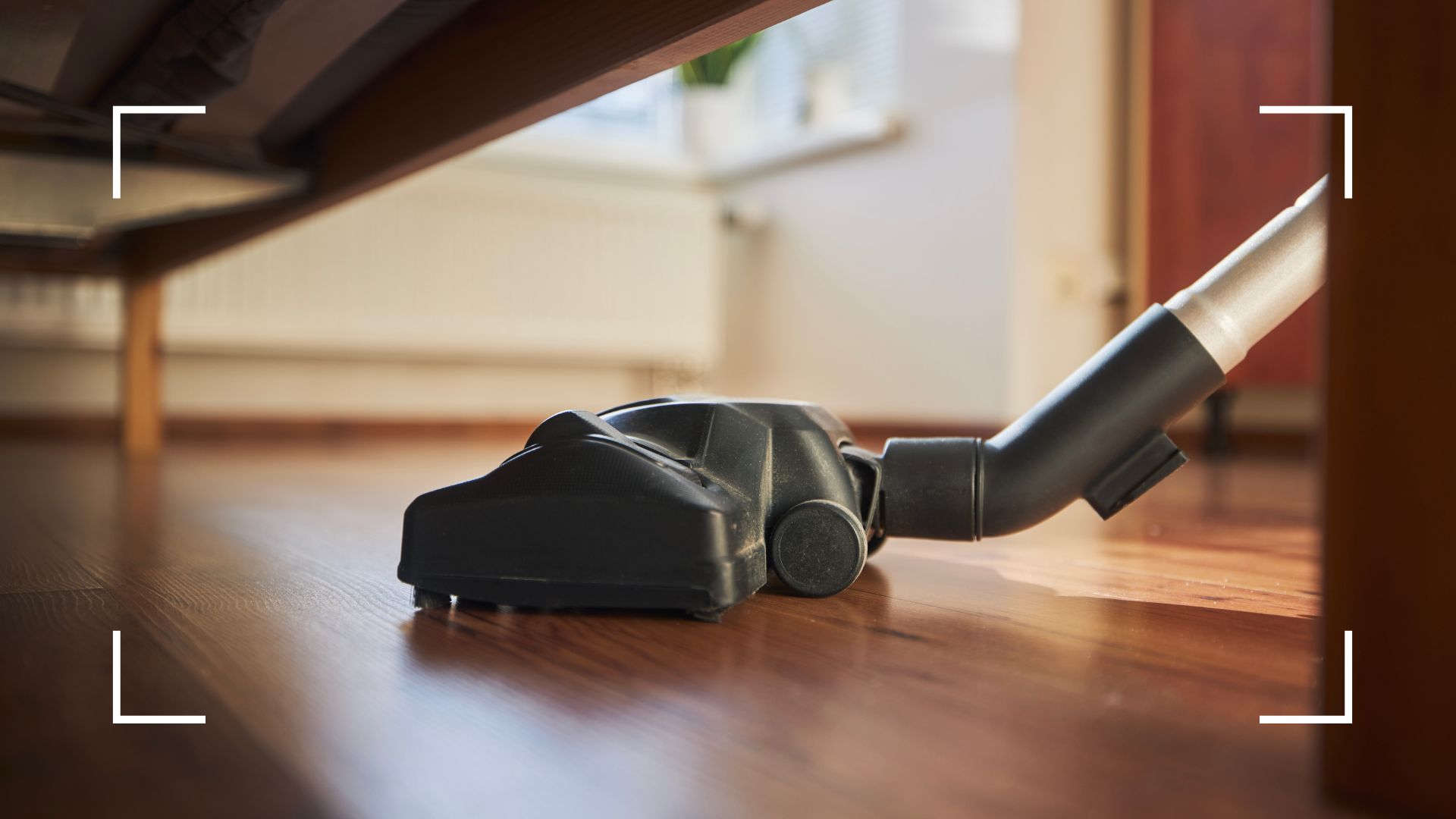
Have you ever wondered if you're ordering your home cleaning properly? While it might seem inconsequential, there is a more effective way to tackle dusting and vacuuming.
Whether it's employing professional tidying techniques or maintaining daily cleaning habits, ensuring our homes look their best can be a real challenge. However, what can make things easier is to ensure you're doing each task right and in the correct order.
Even something as simple as dusting and vacuuming is best done in order, but which one should you be doing first? That's what we put to the cleaning experts.
Should you vacuum or dust first?
While you may consider yourself a master of cleaning your home like a professional, sometimes the very basics can be where we unknowingly fall short. Something as simple as whether you should dust or vacuum first can leave you stumped; luckily, the answer is straightforward.
"It’s one of the most common cleaning questions I get asked: Should you dust or vacuum first?" says professional cleaner Lynsey Crombie.
"I always dust first! Why? Because dust falls like snow. When you’re reaching up high to clean the tops of kitchen cabinets, wardrobes, picture frames or even walls, some of that dust will cling to your cloth or duster, but a lot of it will fall. You don’t want to be vacuuming first, only for dust to float down and undo your hard work!"

Lynsey is the UK’s leading home expert, specialising in all things related to cleaning, organising, and home management. She is the author of Queen of Clean 15-Minute Clean: The Quickest Way To A Sparkling Home. A familiar face on popular shows like This Morning and Good Morning Britain, Lynsey is a go-to resident cleaning expert.
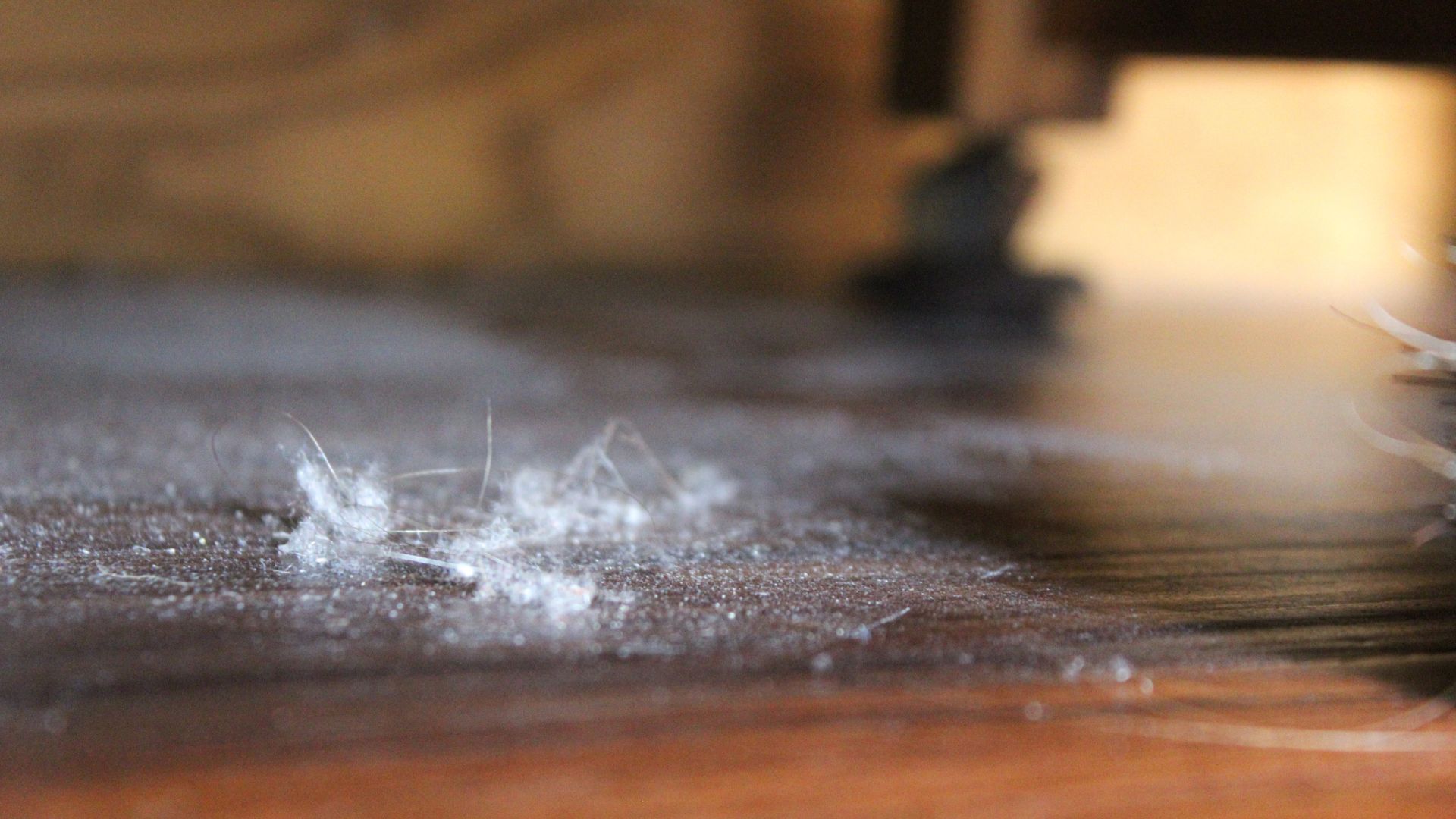
"Always try to dust first before you pop on your vacuum cleaner," explains Katie Lilywhite, floorcare expert at AO.com. "This is because those teeny-tiny dust particles are inevitably bound to go floating in the air and eventually settle on your surfaces below."
Sign up to our free daily email for the latest royal and entertainment news, interesting opinion, expert advice on styling and beauty trends, and no-nonsense guides to the health and wellness questions you want answered.
If you are struggling to reduce dust in your home, Katie also has some tips for dusting properly before you vacuum.
“Next time you’re dusting, try to dust higher surfaces first, like your shelves and curtain poles, then work your way down to your furniture and skirting boards. Finish up with a thorough vacuum and you’ll be able to capture everything that’s drifted down since your initial dusting,” she recommends.

Katie is a key expert at AO.com and provides top tips and guidance for using a multitude of appliances. She specialises in Floorcare, Health & Beauty, Air Treatment & Garden & DIY.
Does vacuuming every day reduce dust?
Getting rid of dust in your home is no easy task, especially if you have pets, a busy household or are into the curated clutter trend. More trinkets mean more things to dust, sadly. Can vacuuming every day help this?
"Yes, daily vacuuming makes a big difference, particularly in busy homes or households with pets. Dust tends to settle quickly, and once it builds up, it can work its way into the floor’s texture or beneath furniture," explains Liam Cleverdon, flooring expert and Director at Flooring King.
"Regular vacuuming not only reduces airborne particles but also protects your flooring from premature wear," he adds.
Liam does, however, point out that you should make sure your vacuum is up to the task. "For laminate or vinyl flooring, avoid vacuums with beater bars or stiff bristles, which can scratch the surface. We always advise customers to use a hard-floor-safe vacuum or a soft dry mop for day-to-day cleaning," he warns.
FAQs
What is the correct way of dusting?
Whether you're dusting your living room or giving your bedroom a quick dust, there's a little bit more to it than running around with a duster.
"Start high, finish low. Begin with the tops of cupboards, lampshades, curtain rails or ceiling fans and work your way down, giving each surface a once-over with a slightly damp cloth- not a dry feather duster, which can flick particles into the air. Don’t neglect spots like skirting boards, behind appliances, and lampshades- these are prime spots for dust collection," starts Catherine Green, sustainable cleaning expert at Smol.
Katie echoes this, adding, "Pay special attention to sneaky spots like behind your radiator, the tops of picture frames and vents, as these can store more dust than you think. Once you’re satisfied with your work, pop your vacuum on and clean your floor now that all the dust has drifted to the floor.”

Having worked for the cleaning brand Smol since its creation, Catherine has tested each and every product before its release. She is also involved with the production team's process and provides feedback for the development of the company's products.
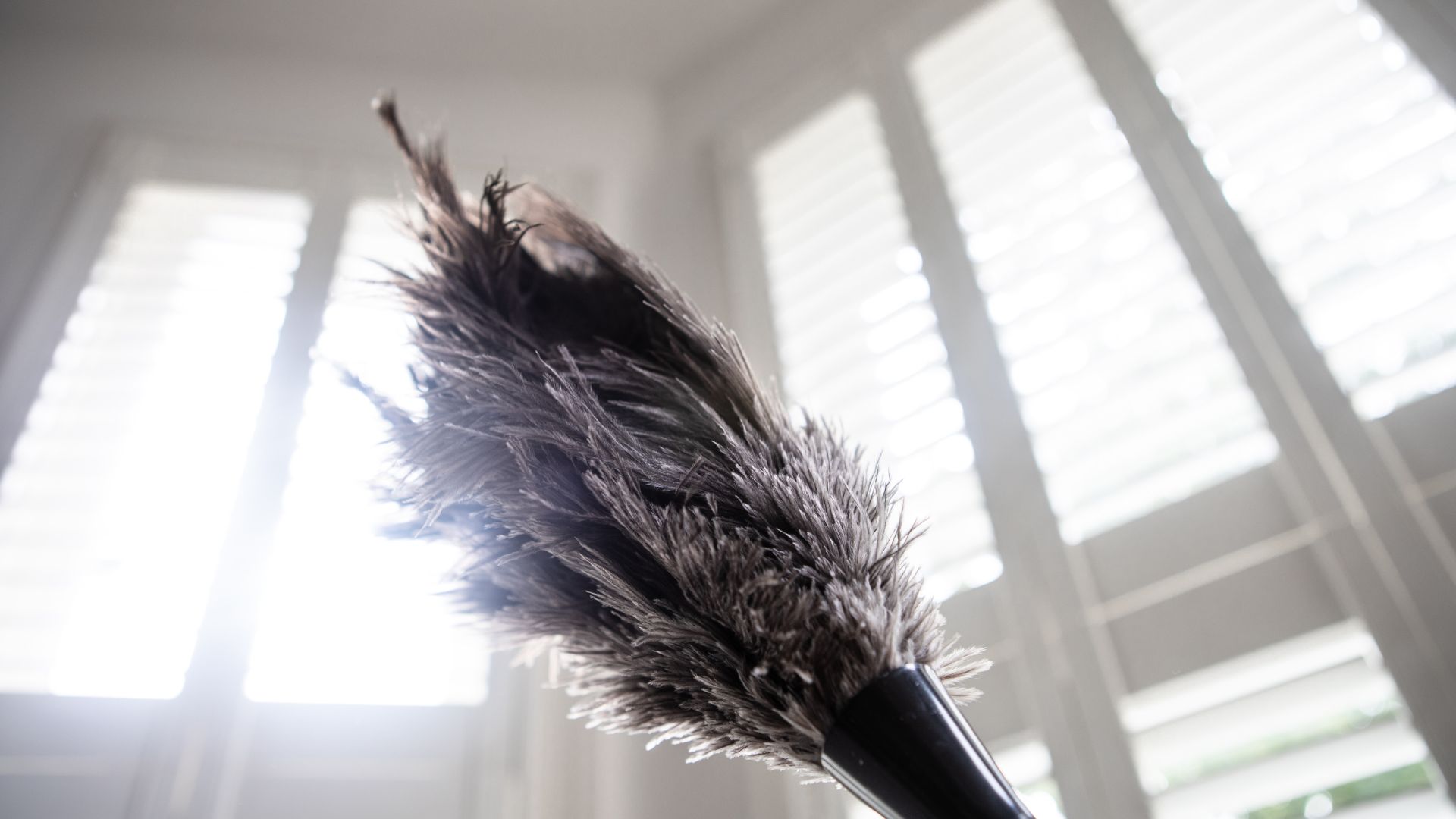
Is vacuuming the best way to get rid of dust?
Even with the best vacuum on your side, will it really help with getting rid of the dust in your home?
"A vacuum, especially one with strong suction and a HEPA filter, is perfect for soft furnishings, carpets and hard-to-reach corners, but for shelves, screens and tight crevices, a damp cloth is better! So the best dust removal strategy uses both. Dust first with a damp cloth, then vacuum thoroughly to catch everything that’s settled on the floor," Catherine states.
She adds, "Don’t forget to empty your vacuum regularly too, otherwise it might just end up recycling the dust back into your home."
Now you know the correct order, all that's left to do is avoid the common dusting mistakes that could make your home dirtier. From dusting too fast to using the wrong tools, there are a few pitfalls to avoid in order to have a clean home.

Emily joined woman&home as a staff writer after finishing her MA in Magazine Journalism from City University in 2023. After writing various health and news content, she now specialises in lifestyle, covering unique cleaning hacks, gardening how-tos, and everything to help your houseplants thrive.
You must confirm your public display name before commenting
Please logout and then login again, you will then be prompted to enter your display name.
